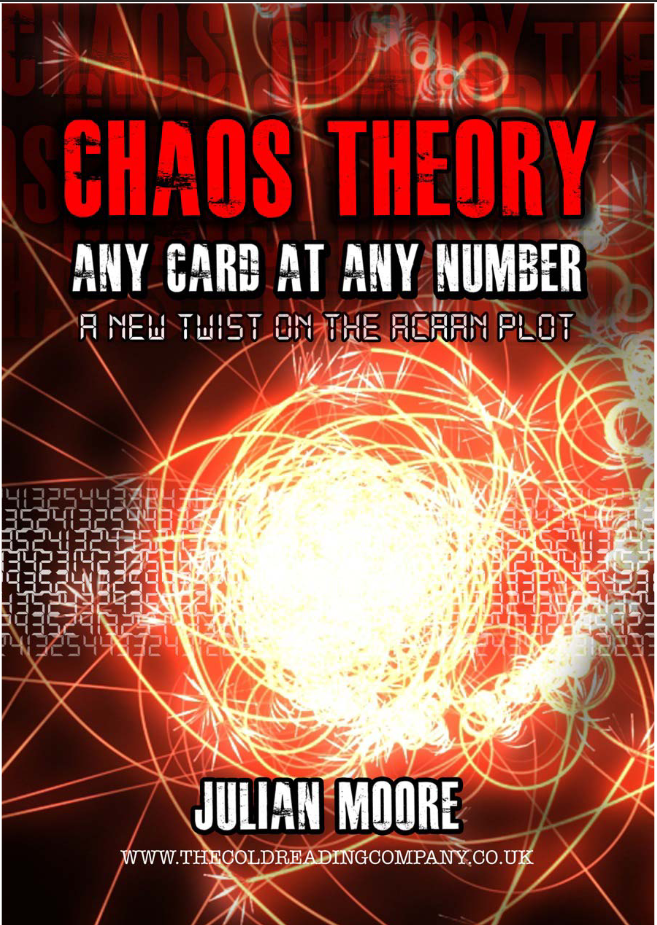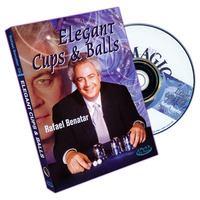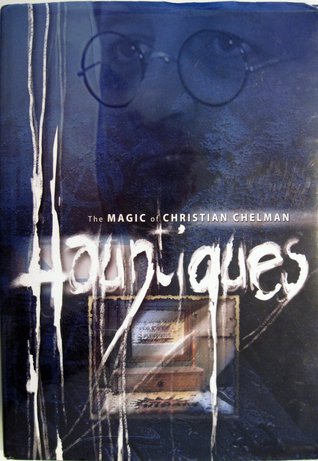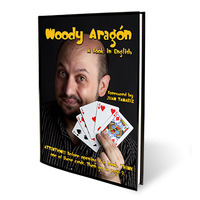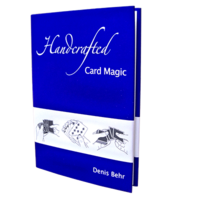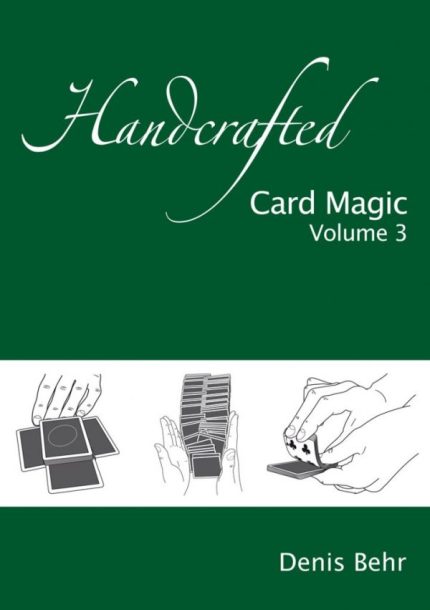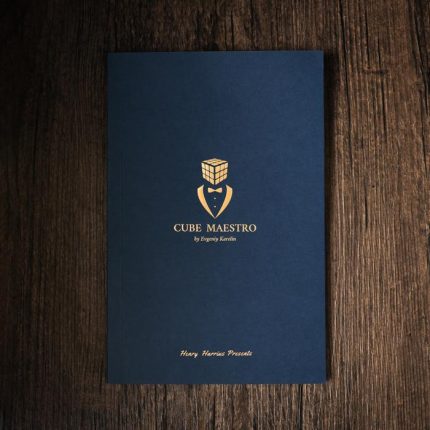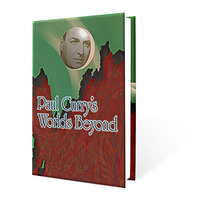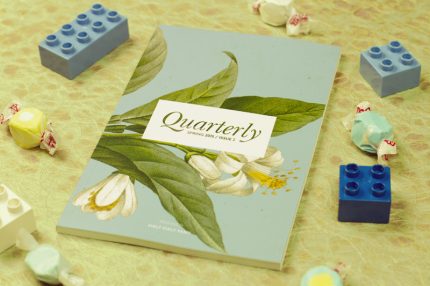Behold! “Chaos Theory” by Julian Moore. A spectator names ANY card at ANY number, and it appears! No memory work, one deck. A true miracle!
Product information
Chaos Theory – Any Card At Any Number by Julian Moore
Introduction:
Discover the ultimate mentalism breakthrough with Julian Moore’s ‘Chaos Theory – Any Card At Any Number’. This revolutionary approach simplifies what has traditionally been a complex challenge for mentalists. Moore’s method is brilliantly straightforward, requiring no memorization or complex calculations, making it accessible and immediately performable.
Why Choose Chaos Theory?
This method stands out with its minimal setup and use of only one deck, visible at all times, enhancing transparency and trust with your audience. The routine is designed to be self-working, freeing you to focus on presentation rather than worrying about tricks or calculations.
- No need for memorization or calculations
- Minimal setup required between performances
- Uses only one visible deck
- Engages the audience deeply in the outcome
- Features a coherent, compelling plot
Effect:
Imagine handing a cased pack of cards to a spectator and having them witness a miracle unfold. An audience member calls out a number, and another names two imagined cards. The whole audience votes on one card, and when the spectator counts down to the chosen number — there it is! The chosen card, exactly where it was predicted to be. The deck is examinable and can even be left with the spectator as a memorable gift.
Additional Insight:
While developing ‘Chaos Theory’, Moore was inspired by the simplicity and effectiveness of diary effects, leading to a routine that’s not only easy to perform but also astonishing to witness. This method represents a significant evolution in the mentalist’s repertoire, combining ease of use with profound impact.
Introduction:
The ‘Any Card At Any Number’ plot has long been a holy grail for mentalists, and there have been many solutions and methodologies over the past few decades. It had always been my intention to come up with an extremely simple and workable version of this routine and here I present my solution with ‘Chaos Theory’.
Here are the goals I set myself when creating my own version of ACAAN:
- There should be no memorisation or calculations
- There should be minimal set-up between performances
- Only one deck should be used, visible at all times
- There should be a plot that makes sense to the audience
- The audience should be involved as much as possible in the outcome
You really can spend your time performing this without any kind of brain-freeze as it’s pretty much self-working and you don’t have to worry about recalling strange cribs or doing nasty maths calculations in your head.
When I was coming up with all of this, I was so focused on the dual-reality aspect of the routine that it had completely passed me by that the methodology has a fair bit in common with certain ‘diary’ effects which you probably already know about. Thanks to Bill Cushman for pointing this out to me and helping me come up with a variation which can be done more casually than the original. Although it’s not strictly ACAAN it was worth including in this manuscript for sake of completeness.
Effect:
A cased pack of cards is given to a spectator to hold.
Someone from the audience calls out a number from 1 to 52 (lets say they call out 1 .
.
The spectator is asked to call out two imagined cards – let’s say they name the Four Of Spades and the Eight Of Hearts.
The entire audience is invited to choose one of these cards. Let’s say that collectively they pick the Eight Of Hearts.
The spectator takes the deck of cards from its box, counts down to the 18th card, and there is the Eight Of Hearts. A miracle! The pack is examinable and may be left with the spectator as a gift.


